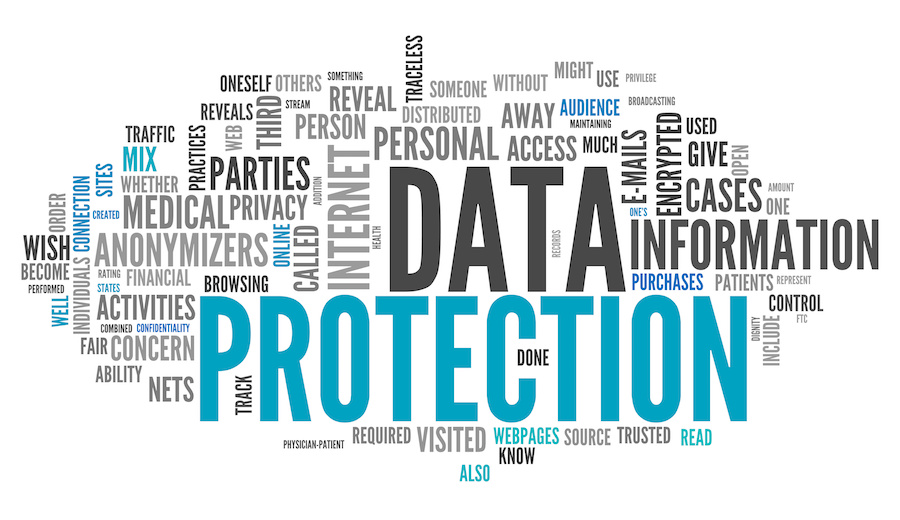The UK government’s use of technology has come under increasing scrutiny as it has become apparent that it has not taken full advantage of the UK’s highly sophisticated digital infrastructure. The Government Digital Service is responsible for digitisation projects across Westminster and Whitehall. The GDS was only created last year by the Cabinet Office but has already made a lasting digital footprint on government processes.
The GDS unveiled two new schemes, GOV Pay and GOV Notify, that it hopes will satisfy demands for increased efficiency in the civil service. The aim is that the new services will make it easier for the public to communicate and complete transactions with the government digitally. Eventually both schemes will be used by all departments in order to achieve much needed digital conformity. In order to use the schemes members of the public will only need one account which can then be used when dealing with all government departments.
The GDS has already disclosed plans for other cost cutting, time saving digitisation schemes. For instance the GOV.UK Verify identity assurance scheme which will mean citizens will only have to identify themselves once to access government services hosted by different departments.
The GDS has set itself some inspired tasks for the future including making information more accessible across government departments. As a part of this open data scheme information will be stored centrally and various versions of data will be integrated into a single source.
The plan is that these initiatives will save the government money in the long term; by 2017/2018 the government hopes that its’ digitisation projects will have saved it a total of £10 billion. One such cost cutting success was the launching of Gov.uk, which led to the integration of 300 websites into just one site, and has saved the government £60 million each year so far.
These new projects were unveiled at the GDS annual conference. There had been worries that the GDS was going to be side-lined and have its’ funding cut with a number of big guns from the GDS having moved on since the last general election. In fact it has been revealed that the GDS has been given £450 million by the government to help it in its’ bid for a digital revolution.
Despite the ample funding and the ambitious plans of the GDS it has not been an easy ride for this fledgling branch of government so far. The GDS has often been criticised for moving its’ projects along too quickly and has had faced strong resistance from civil servants who are set in their ways.
Some projects have been anything but efficient. The Rural Payment Agency (RPA), responsible for online payments to UK farmers and one of the GDA’s pilot experiments, suffered from a number of technical hitches after its’ launch and in many cases farmers had to revert to using paper records in order to register for payments. Many farmers were not paid their subsidies on time as a cause of the delays.
The GDS had vigorously promoted the online registration system and the RPA was the first service to use the GDS’s GOV.uk Verify. However the results were disappointing with farmers complaining that the verify scheme was time consuming and too complicated. The new payment system cost £155 million to implement which is probably why the RPA has decided to stick with it for the time being.
Often the GDS finds that its’ most ambitious schemes are held back by a lack of adequate digital skills in the government departments where these new services are deployed. There have been initiatives to sharpen up civil servants digital capabilities such as lunch time coding classes and plans for a Digital Leadership Academy.
However for the public that will be using these services the learning curve will be far more gradual. Frustrating as this may be for the GDS who will probably continue to find their most beloved projects battered by reality, and obstinate users such as one farmer who said of the GDA’S identification scheme “this couldn’t be more complicated if you tried, we are farmers – not computer experts.”











